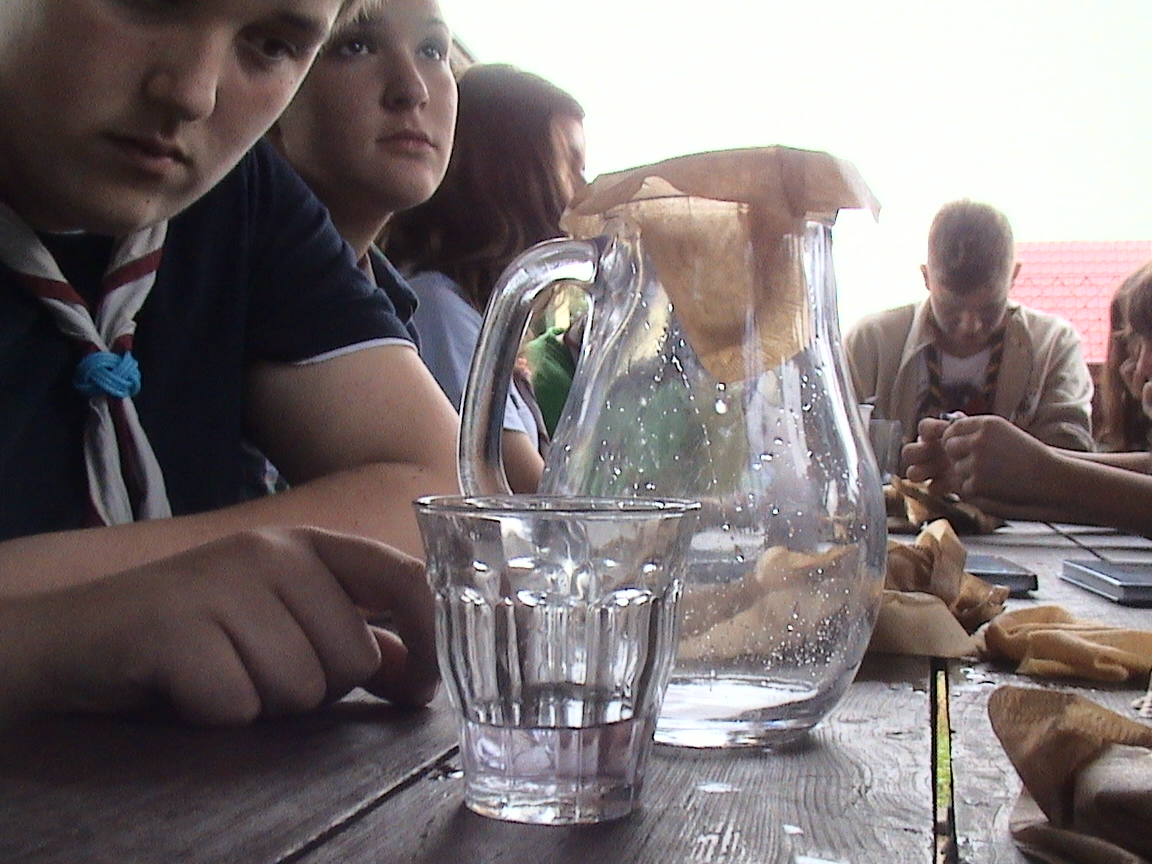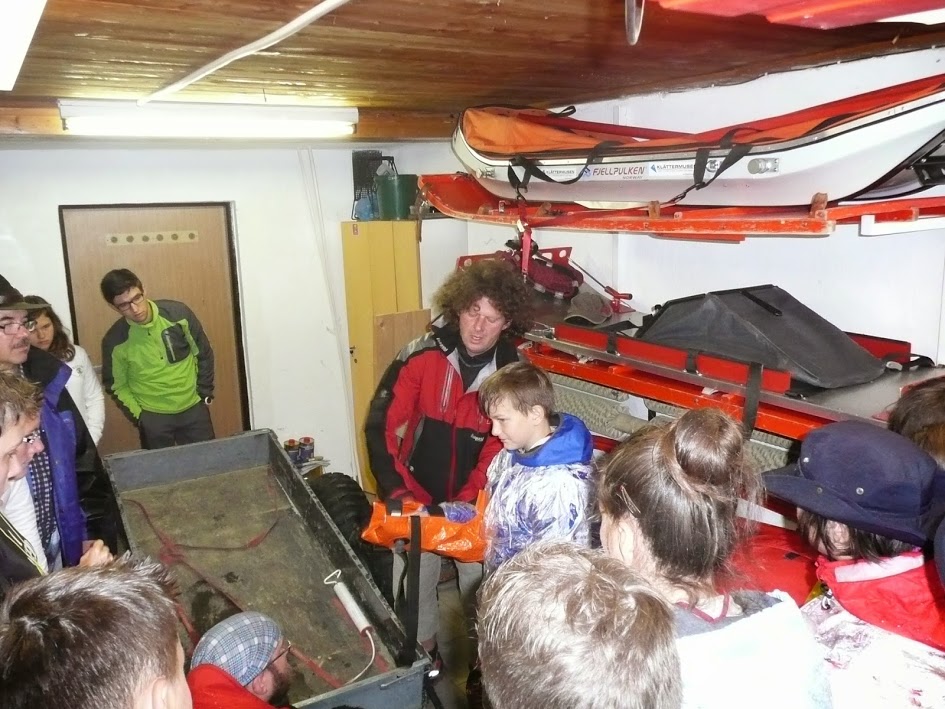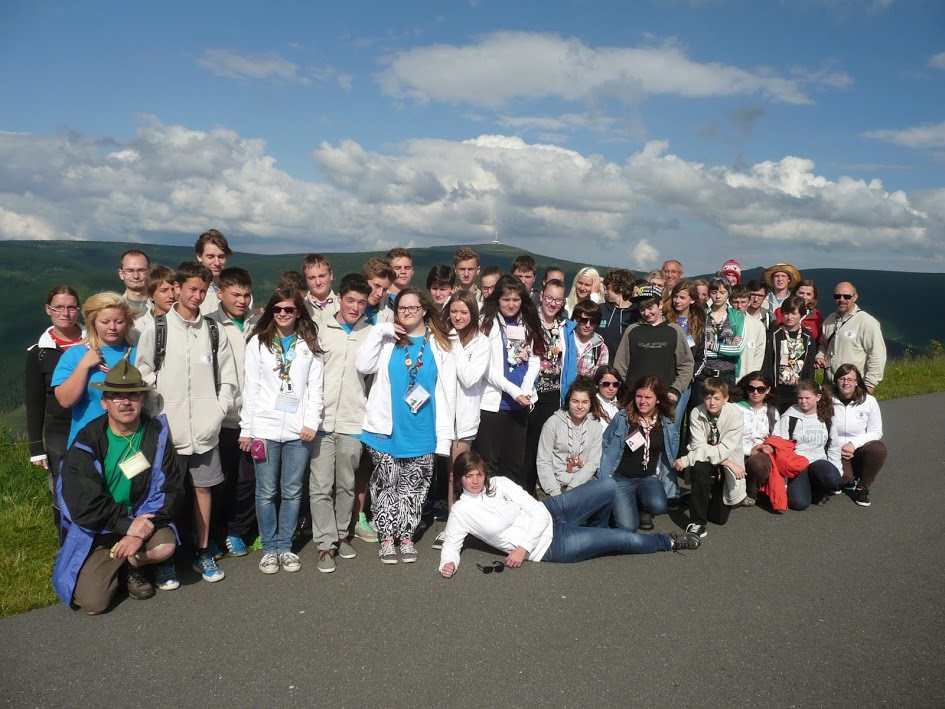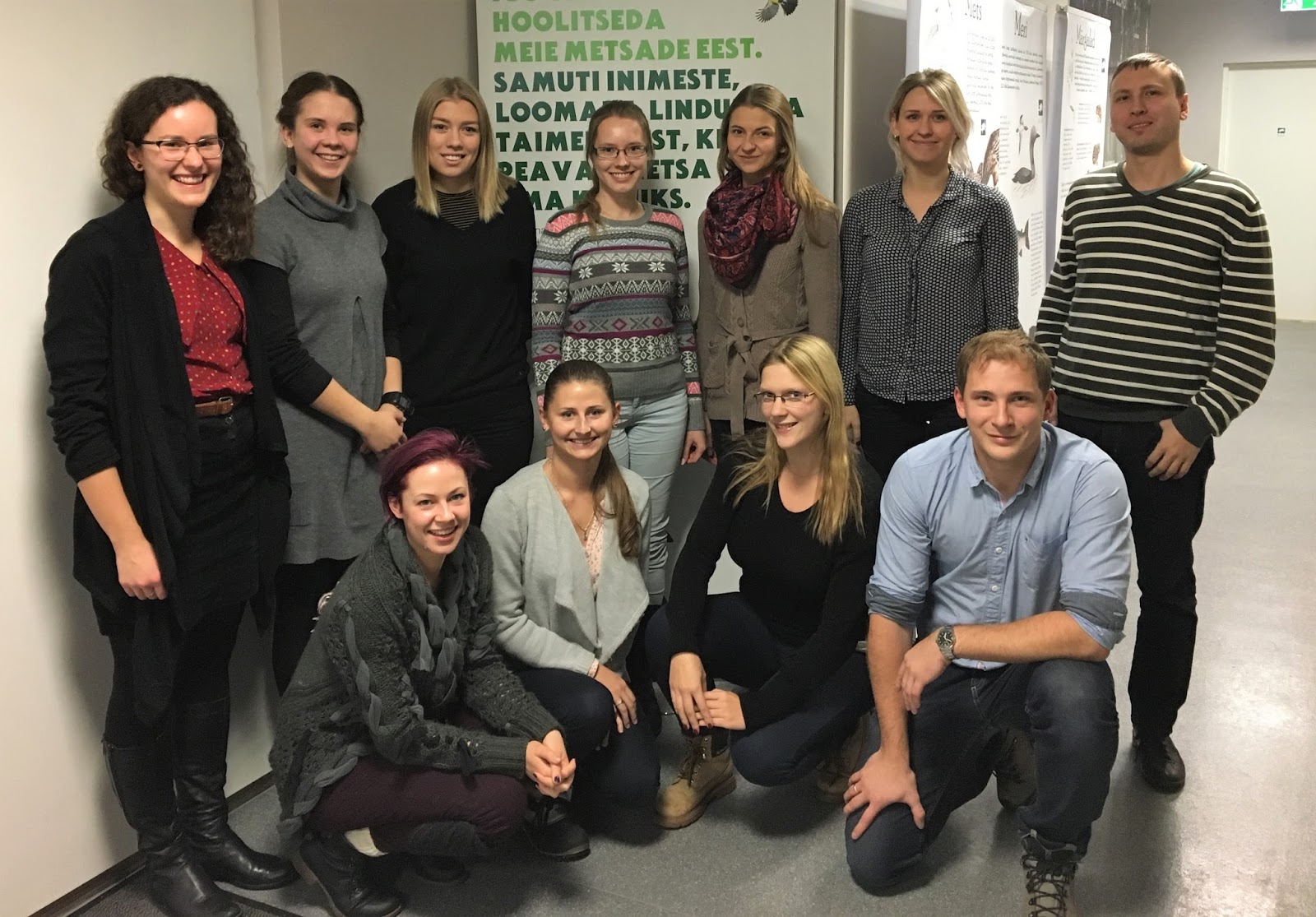Login Form
Newsletter
Support YEE
Deprecated: Methods with the same name as their class will not be constructors in a future version of PHP; plgContentJw_allvideos has a deprecated constructor in /home/html/yeenet.eu/public_html/www/archives/plugins/content/jw_allvideos/jw_allvideos.php on line 18
Deprecated: implode(): Passing glue string after array is deprecated. Swap the parameters in /home/html/yeenet.eu/public_html/www/archives/plugins/content/jw_allvideos/jw_allvideos.php on line 72
Deprecated: implode(): Passing glue string after array is deprecated. Swap the parameters in /home/html/yeenet.eu/public_html/www/archives/plugins/content/jw_allvideos/jw_allvideos.php on line 72
Deprecated: implode(): Passing glue string after array is deprecated. Swap the parameters in /home/html/yeenet.eu/public_html/www/archives/plugins/content/jw_allvideos/jw_allvideos.php on line 72
Deprecated: implode(): Passing glue string after array is deprecated. Swap the parameters in /home/html/yeenet.eu/public_html/www/archives/plugins/content/jw_allvideos/jw_allvideos.php on line 72
News
Organisation: Strážkyně přátelství (a scout group) 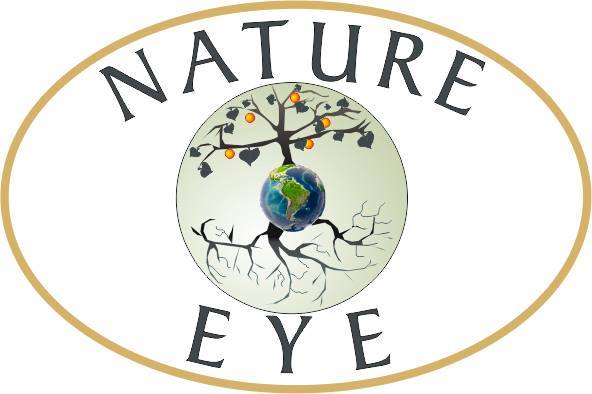
Website: http://strazkyne.wakan.cz/
Dates: 26 June – 5 August 2014
Place: Heroltice, Czech Republic
Description of the activity:
An international youth exchange under the Erasmus+ programme set on 10 days in beautiful nature of the Czech Republic. Everyday we focused on one topic from nature that deserved our attention. During the morning we focused on it more theoretically (more or less, because usually it was by some experiments or practical trying) and in the afternoon we went out to discover such a phenomena in situ (so we experienced, what we have talked about before or simply try to live our morning decisions).
Main aim were leading participants to their responsibility for the nature as an important value, get them to know about their options of help to preserve the nature and environment, personal understanding of responsibility for their surroundings of living and actively taking care of it and at last leading them with examples of eating and healthy life-style with some sport activities to their own change of life caused by this.
We did workshops about mountains, drinking water, biodiversity and also presentation and communication skills. Each was supported by a practical activity, as well as a visit and excursions to the nearest dam and power station. We had a presentation and practical training of rescuing and first aid from mountain-rescuers directly at the highest peak of Praded. And we had sport activities as well such as a horse riding, collective games or for example visiting the ski-acrobat-park. We gathered important information about the European Union and Youth in Action programme, especially about Youthpass, too. Everybody took a chance to choose his or her suitable way of digital presentation during the creating movie, picture slide-show or power-point presentation to use arts to serve the Y.E. purpose as well. Every country prepared a presentation about their national habits, food and other traditions for better understanding our differences and similarities. Participants met a local community during the traditional public event "Setkani na pomezi Cech a Moravy" - they were in charge of helping with a programme for a kids and young people (focused on project’s topic) as well as for digital recording the whole day.
What was the environmental problem:
We did it, because all participating groups were scouts. And as you probably know, scouts belong to the nature. They cherish it, take care of it and worship it as a treasure that gives us shelter, warmth and also food, if we need. So we wanted those young (future) leaders to understand that preserving nature and taking care of it is important and that it is not only separating garbage. That it can be one and million things. And it worth to do at least that small thing that you can do. Because that is what is important. To try and spread those small acts of good that make things change and the World better.
The result of the activity:
Our biggest impact was on those young scout leaders, who on daily basis work voluntarily with kids and other young people at their home scout centres at Croatia, Slovenia and Czech Republic. So they spread all we did, all those inputs, ideas, knowledge, but also approaches and skills among. But not only there. They also prepared presentations for their school classes and other classes, so they motivate also their friends and peers. We had a huge impact during the public event, where came around 150 people and it was a big fuzz around part of it over there. And it all showed up in local medias as TV, newspapers, local radio and online magazines (thanks to it, but not only). We also shared our findings and some methods with other NGOs or youth workers individually.
Project team of BALTA DABA
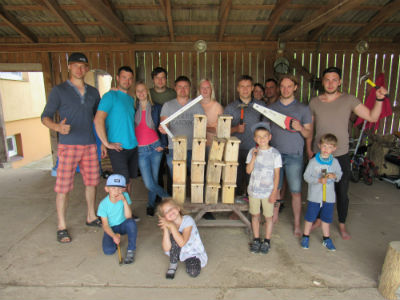
|
Results of local actions - Nesting places for birds What has been achieved? Was the problem solved? During the project we renovated 53 bird houses and constructed 204 new bird houses (for different bird species: European Pied Flycatcher/Ficedula hypoleuca, Great Tit/Parus major, Tawny Owl/Strix aluco, Ural Owl/Strix uralensis, Eurasian Pygmy-owl/Glaucidium Passerinum and others). All activities were organised with involvement of children and young people who took part in creation of those bird houses in order to get knowledge about birds protection. Will you work on it more? How will you follow-up on the problem? It is very important not just to create new bird houses year by year but even more valuable is to control and maintain the existing ones in order to provide safe nesting obstacles for birds. That is why it is our obligation to take care about bird houses we created and birds that are using them. We have long term plans for monitoring nesting success in our project sites and continue our activities in future. Results of local actions - Biodiversity documentation in Jaunpiebalga and Gulbene municipality What has been achieved? Was the problem solved? During the project we organised activities for young people in order to collect data about biodiversity in Jaunpiebalga and Gulbene municipality. Collected data (4128 entries) were uploaded in national level biodiversity data platform: www.dabasdati.lv. Based on our discoveries postcards with different species were created in order to promote our project and biodiversity of our municipality. Will you work on it more? How will you follow-up on the problem? During our activities we have documented a lot of nature values (noble trees, rare and protected species). Collected data will be submitted to responsible authorities in order to ensure proper protection measures. We will organize regular outdoor activities and continue our discoveries in nature. |
Nesting places for birds
What is the issue: Lack of old trees where birds can nest. Holes in trees for certain bird species are places for reproducing. Creation of artificial nesting places provide ability for birds to reproduce in places where natural conditions are not good enough. Other problem is maintenance of birdhouses. Many birdhouses are built but are not safe anymore. We need to check them and renew if necessary in order to make those birdhouses effective for longer period.
What should be done:
1) Identification of concrete bird species which need help.
2) Identification of existing birdhouses and restoration.
3) Building birdhouses and placing them in appropriate places.
4) Monitoring and maintaining those places.
Expected results:
1) Renovated birdhouses (50);
2) Constructed new birdhouses (200).
Biodiversity documentation in Jaunpiebalga municipality
What is the issue: During spatial planning procedures we found out that there is not available information about biodiversity in our municipality. We have many nature values to be proud of but they are not documented. If they are not documented, we can not protect them. More and more forests are cut and agricultural land are ploughed. If we know most valuable places - we can protect them.
What should be done:
1) Regular field visits to document biodiversity.
2) Submission of data to dabasdati.lv.
3) Involvement of local community in biodiversity documentation.
4) Searching for protected bird nests and proposals of micro reserves (if needed).
5) Submission of data to local municipality.
Expected results:
1) Collected data (at least 3000 entries) are submitted to dabasdati.lv.
2) Local young people are involved in data collection (at least 15 young people).
Funder:

Project team of the Estonian Fund for Nature
|
Results of local actions What has been achieved? Was the problem solved? With our work group we managed to remove several beaver damn in the river which is the last habitat of Freshwater pearl mussel. With that action we increased river flow speed, increased river oxygen supply and decreased temperature. More than 100 flow barriers both small and big were identified and map was produced to local environmental board. Bog restoration - 8 peat dams were built in Soosaare bog located in central Estonia. As a result, water table level increased in drained peatland and therefore we assume that if the damns will hold the water this drained peatland will start carbon sequestration and peat accumulation. Will you work on it more? How will you follow-up on the problem? We plan to have annual expedition to verify whether new flow barriers have occurred or new beaver damns are made. We have collaboration with local hunters who will control the abundance of beavers. Local landowner pay more attention to situation in the river. The effectiveness of peat dams will be checked on spring and autumn to assure that they are all good. In case some damns are collapsed we will rebuild them. |
Freshhwater pearl mussel near extinction
What is the issue: Freshwater pearl mussel (Margaritifera margaritifera) is one of the most endangered species in Estonia and also in the Europe. In Estonia, there is only one small river where there are still suitable habitats for mussels. Freshwater pearl mussel will need clean and cold water with high oxygen concentration and river bottom should be covered with sand. Due to the specific life cycle, mussels need salmons for breeding. Mussel's life cycle starts as a small larva and it needs to be attached to a host (salmon). After larva grows, it releases itself from salmon and starts its life as a small juvenile mussel. However, most of the juvenile mussels will die due to bad water parameters because sediments from drainage systems will cover small mussels in the bottom of the river and without oxygen they will die. Hence, the youngest mussels in river are approximately 50 years old. To help young juveniles to survive we need to reduce nutrient and sediment input to the river, especially areas, which are best preserved.
What should be done: 1. Creating sedimentation damns for ditches entering to the river. 2. Removing beaver dams, fallen trees and other flow barriers. 3. Closing drainage ditches entering to the river (especially from forests and agricultural land). 4. Cleaning river shores from fallen trees, bushes etc. 5. Restoring river streambed.
Expected results: By removing beaver damns we also increase the flow rate and oxygen concentration in the water. Beaver damns are also important barriers, which prevent salmons to swim in different sections of the river. If salmons cannot access the areas inhabited by mussels it is impossible for mussels to reproduce. By closing drainage ditches entering to the river we prevent nutrients and sediments to enter to the river and therefore we help juvenile mussels to survive. Restoring riverbeds with stones can also increase the oxygen concentration and provide decent areas for salmons to breed. The effectiveness of the previously listed measures can be evaluated analysing water physical- and chemical parameters (e.g. pH, turbidity, O2 concentration, electrical conductivity, flow rate) and the concentration of nitrogen, phosphorus and organic compounds. Presumably we can see instant effect by removing beaver damns to the O2 concentration, flow rate and turbidity.
Funder:


As part of the project each partner chose several local environmental issues and organised local actions to solve them. You can read about concrete issues and actions of each partner by following the link to their page.






